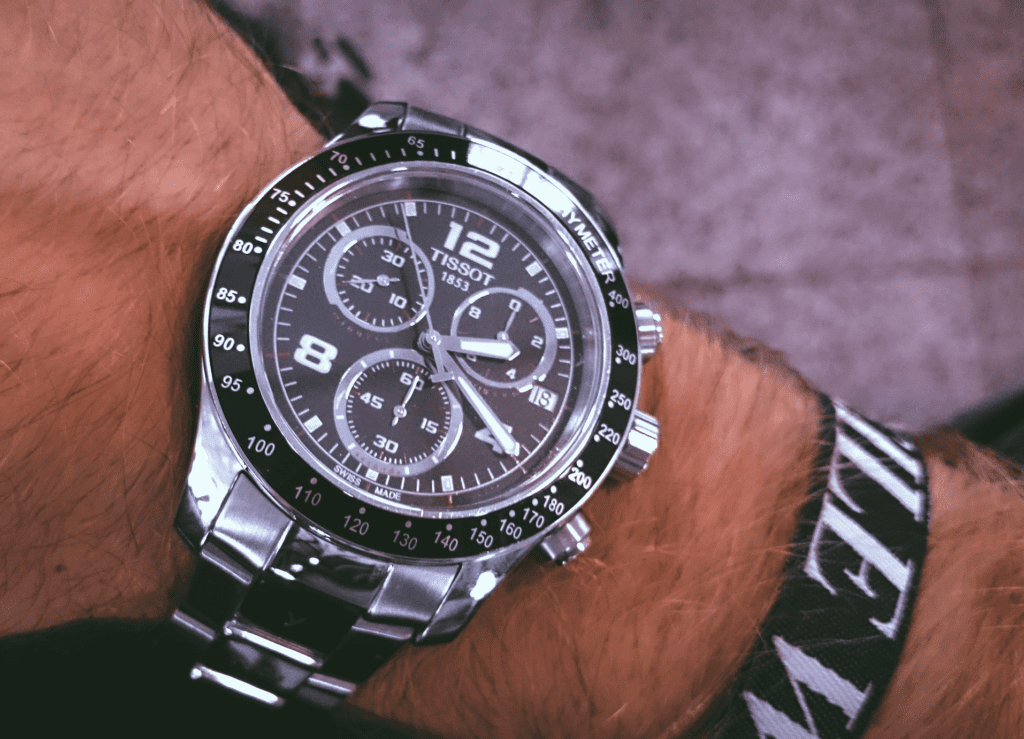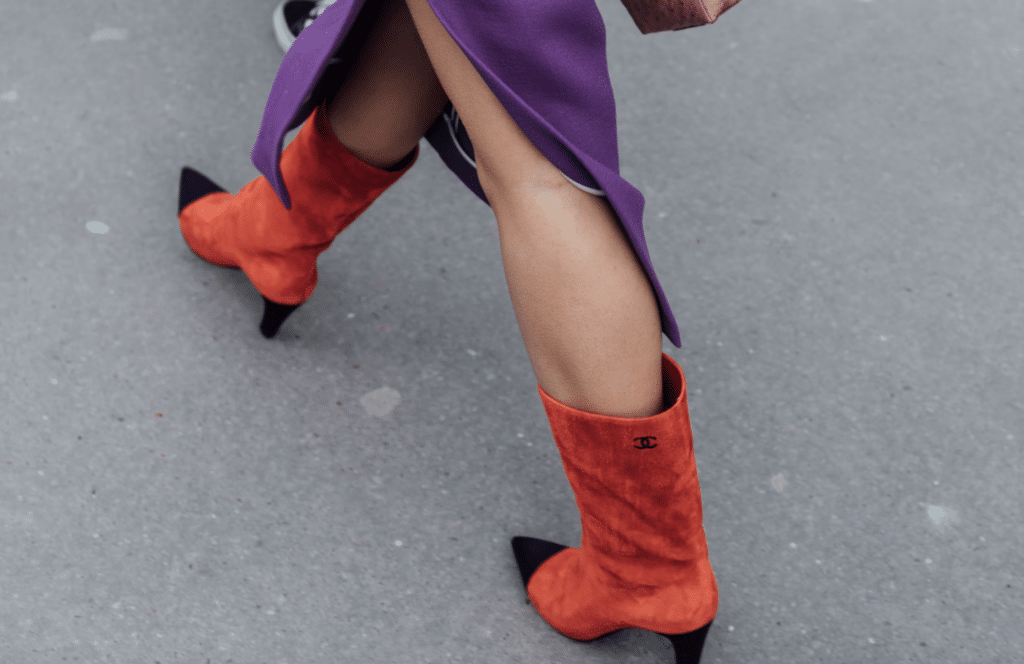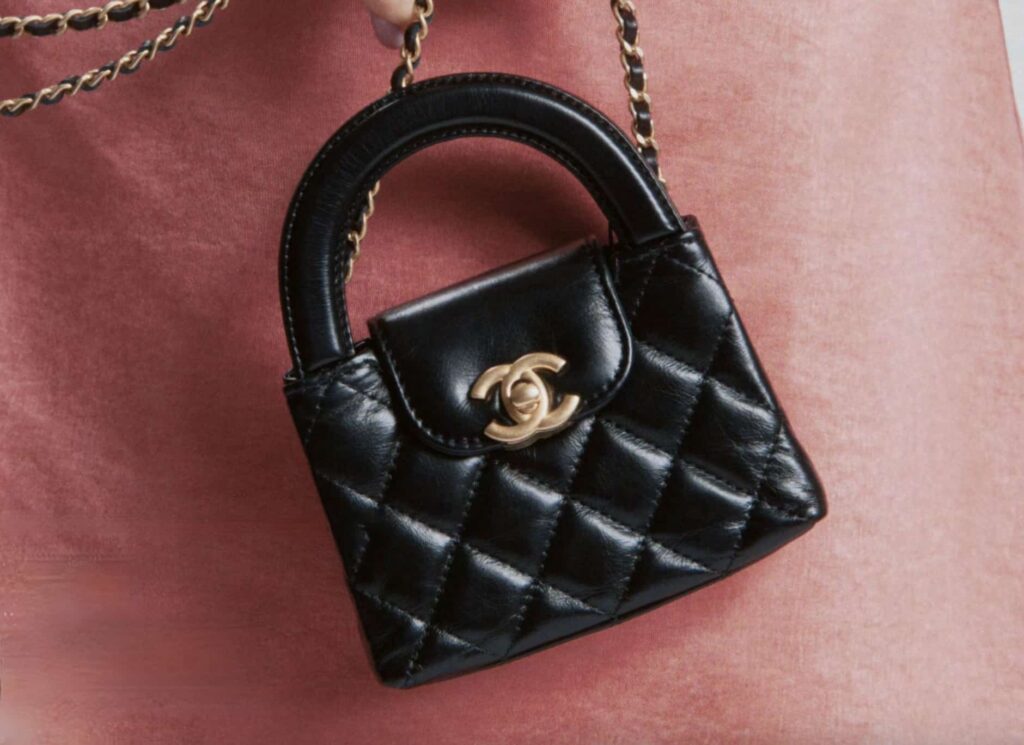Balmain is getting back into couture. Olivier Rousteing, the creative director for the Paris-based brand, revealed on Wednesday that Balmain is slated to return to the couture calendar in January, a prospect that, according to WWD, “has a lot of business potential considering 80 percent of Balmain’s sales stem from ready-to-wear.”
The 72-year old fashion house, which was founded by Pierre Balmain, stopped showing bi-annual couture collections in 2002, when Oscar de la Renta ended his 9-year tenure as creative director, and was succeeded by Christophe Decarnin, who joined the house in 2005, helping shape the wildly expensive short-and-tight, heavily-distressed, rocker-chic aesthetic that still endures at Balmain.
In addition to couture, a wider offering of accessories, and fragrance and cosmetics ventures are in the cards, says Rousteing. The expansion push comes just over two years after Balmain was acquired by Mayhoola for Investments in June 2016. The group, which is backed by Sheikh Tamim, al-Missned, the monarch and head of state of Qatar, and also has Valentino, Anya Hindmarch, and the global license for Missoni’s M Missoni line, under its ownership umbrella.
Balmain’s return to couture also comes at an interesting time in terms of the market for hand-crafted one-of-a-kind garments and accessories. The number of couture buyers pales in comparison to decades gone by; according to Paris Vogue, “At its peak, following Christian Dior’s 1947 New Look, the number of haute-couture clients in the world was approximately 20,000. Today, that group is closer to 4,000.” However, the “buying capacity [of the new couture client] is formidable.” The modern couture buyer’s profile is also quite a bit different that the women that came before her. In fact, some of the world’s most avid couture consumers are younger and more diverse than ever before.
“A new form of clientele has emerged – even younger than before, uninitiated and spread around the world,” Ralph Toledano, the president of the Chambre Syndicale de la Haute Couture, the body that governs the couture market in France, has said.
This is something that Rabih Kayrouz, who launched his eponymous Maison Rabih Kayrouz after cutting his teeth at Chanel and Dior, can attest to. “Around 25 percent of our customers are between 20 and 30, with a total of 35 percent below 40,” a representative for the house told Vogue this summer.
Ralph & Russo – the London-based couturier launched by Tamara Ralph and Michael Russo in 2007 – similarly boasts a lineup of younger clientele, including the likes of Megan Markle, who wore of one their designs for her engagement photo earlier this year, and Wendy Yu, the 20-something heiress to the Mengtian Group, Asia’s biggest wooden-door manufacturer and one of the rising stars in the field of fashion investment.
A testament to the young age of their clients: most deals for Ralph & Russo’s wares – which could set a buyer back more than $50,000 – are initiated via online messaging. “Often we get orders via WhatsApp before models have even left the [couture] catwalk,” Ms. Ralph, told the New York Times last year.
With a voracious pool of deep-pocketed buyers, who are no longer just middle-aged French socialites, but increasingly young women from Russia, China and the Middle East, and the influx of more modernized couture creations (whether it be shorter takes on traditional gowns, as Raf Simons, for instance, showed during his time at Dior or Karl Lagerfeld’s attempts to make Chanel’s couture codes lighter and more youthful), it should come as little surprise that Balmain – and Celine, which will debut its first-ever couture collection in January – wants in.











